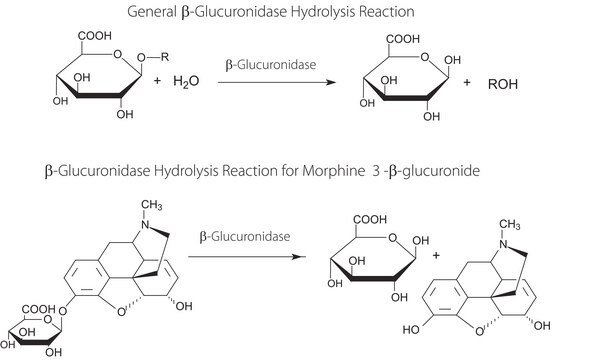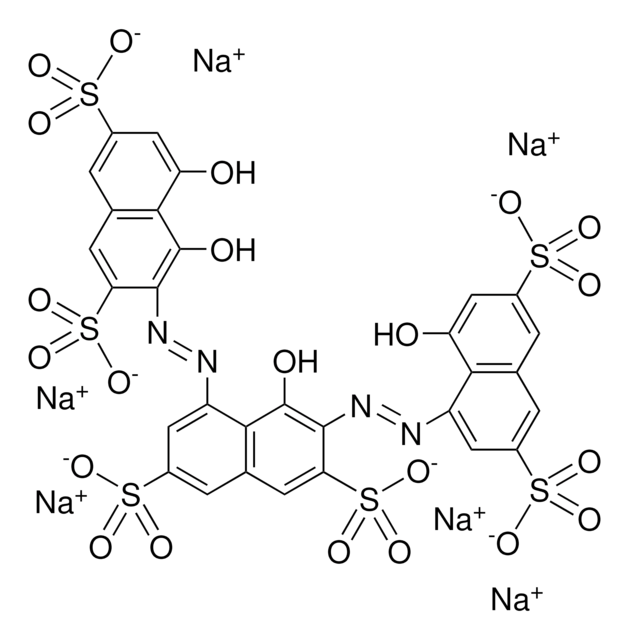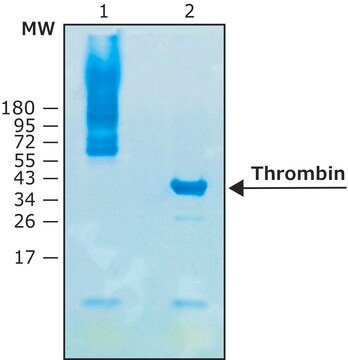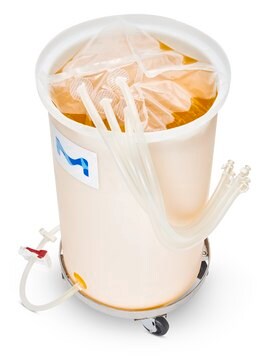MABS1271
Anti-EPCR Antibody, clone JRK1535
clone JRK1535, from mouse
Sinônimo(s):
Endothelial protein C receptor, Activated protein C receptor, APC receptor, CD201, Endothelial cell protein C receptor
About This Item
Produtos recomendados
fonte biológica
mouse
Nível de qualidade
forma do anticorpo
purified immunoglobulin
tipo de produto de anticorpo
primary antibodies
clone
JRK1535, monoclonal
reatividade de espécies
human
não deve reagir com
mouse
técnica(s)
flow cytometry: suitable
neutralization: suitable
Isotipo
IgG1κ
nº de adesão NCBI
nº de adesão UniProt
Condições de expedição
dry ice
modificação pós-traducional do alvo
unmodified
Informações sobre genes
human ... PROCR(10544)
Categorias relacionadas
Descrição geral
Especificidade
Imunogênio
Aplicação
Flow Cytometry Analysis: A representative lot, when conjugated with fluorescein, detected Doxorubicin (Cat. No. 324380) treatment-induced downregulation of EPCR expression on the surface of HUVECs. Glutathione pretreatment prevented Doxorubicin-induced EPCR downregulation (Woodley-Cook, J., et al. (2006). Mol. Cancer Ther. 5(12):3303-3311).
Flow Cytometry Analysis: A representative lot blocked fluorescein-labeled APC from binding exogenously expressed human EPCR on the surface of HEK293 transfectants. When labeled with fluorescein, clone JRK1535 stained HEK293 transfectants expressing human EPCR, but not transfectants expressing murine EPCR (Liaw, P.C., et al. (2001). J. Biol. Chem. 276(11):8364-8370).
Neutralizing Analysis: A representative lot inhibited APC generation from acrolein-treated HUVECs exposed to defibrinated, recalcified plasma (Swystun, L.L., et al. (2011). J Thromb Haemost. 9(4):767-775).
Neutralizing Analysis: A representative lot selectively affected the survival of sorted EPCR-positive, but not EPCR-negative, MDA-MB-231 mammary fat pad (mfp) cells in cultures. Pretreatment of EPCR-positive cells with clone JRK1535 prior to xenografting also suppressed the tumor-initiating capacity of the EPCR-positive cells in mice vivo (Schaffner, F., et al. (2013). PLoS One. 8(4):e61071).
Signaling
Immunological Signaling
Qualidade
Flow Cytometry Analysis: 0.1 µg of this antibody detected EPCR in one million A549 cells.
Descrição-alvo
forma física
Armazenamento e estabilidade
Handling Recommendations: Upon receipt and prior to removing the cap, centrifuge the vial and gently mix the solution. Aliquot into microcentrifuge tubes and store at -20°C. Avoid repeated freeze/thaw cycles, which may damage IgG and affect product performance.
Outras notas
Exoneração de responsabilidade
Não está encontrando o produto certo?
Experimente o nosso Ferramenta de seleção de produtos.
Código de classe de armazenamento
12 - Non Combustible Liquids
Classe de risco de água (WGK)
WGK 2
Ponto de fulgor (°F)
Not applicable
Ponto de fulgor (°C)
Not applicable
Certificados de análise (COA)
Busque Certificados de análise (COA) digitando o Número do Lote do produto. Os números de lote e remessa podem ser encontrados no rótulo de um produto após a palavra “Lot” ou “Batch”.
Já possui este produto?
Encontre a documentação dos produtos que você adquiriu recentemente na biblioteca de documentos.
Nossa equipe de cientistas tem experiência em todas as áreas de pesquisa, incluindo Life Sciences, ciência de materiais, síntese química, cromatografia, química analítica e muitas outras.
Entre em contato com a assistência técnica








